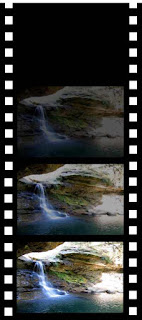- Settings & props.
- Costume, hair & make up.
- Facial expressions & body language.
- Lighting & colour.
- Positioning of characters/objects within the frame
- Setting and props
- Settings and location play an important part in film-making and are not just ¨backgrounds¨.
- Sets are either built from scratch or a great deal of time is spend to find a setting which already exists.
- Settings can manipulate audience by building certain expectations an then taking different turn.
2. Costume, hair & make up
- Costume, hair and make up act as an instant indicador to us of a character´s personality, status and job.
- It tells us immediately whether the film is set in the present and what societe/or culture it will centre around.
- Certain costumes can signify certains individuals.
3. Facial expressions and body lenguage
- Facial expressions provide a clear indicator of how someone is feeling.
- If some is smilling broadly, we assume they are happy but we may get a different feeling if this is accompanied by scary music.
- Body language may also indicate how a character feels towards another character or may reflect the state of their relationship.
4. Lighting & colour
- Lighting: This causes stark contrasts between the darker and lighter parts of the framed image, and for much of the shot to be hidden behind the shadows.
- Colour:
- Colour carries certain connotations which may add meaning to a scene.
- Can give a scene particular look, feel or mood.
- Can be used for dramatic effect.
5. Positioning of characters/objects within the frame
- Positions within a frame can draw out attention to an important character/object.
- A film-maker can use positioning to indicate relationships between people.
















